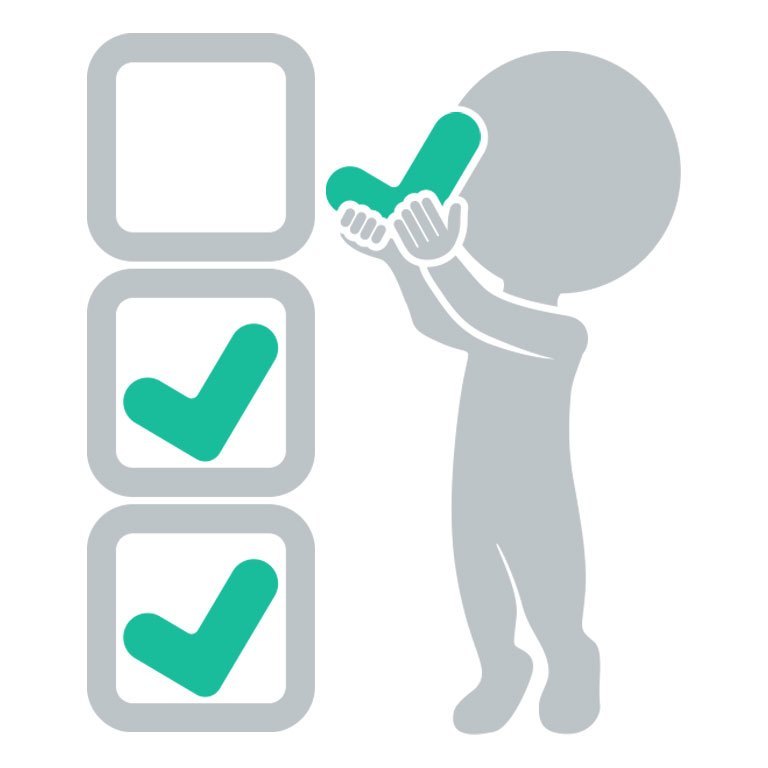A few months ago, Google implemented one of the largest changes in its history regarding how the search engine’s algorhythms index content. Code named Penguin, it ushered in a host of measures that penalize sites which violate their Webmaster Guidelines for proper (Search Engine Optimization) SEO techniques. What this means for orchestras is if your organization has ever employed the services of an old school, black-hat SEO quack, then your site is going to get penalized, and penalized hard, in search results.
“Surely, We’re Safe. Aren’t We?”
 In short, SEO can be confusing. It’s loaded with geek-speak and to make matters worse, even providers that religiously followed Google’s pre-Penguin recommended Webmaster Guidelines routinely offered up contradictory advice on how best to go about conducting SEO strategies.
In short, SEO can be confusing. It’s loaded with geek-speak and to make matters worse, even providers that religiously followed Google’s pre-Penguin recommended Webmaster Guidelines routinely offered up contradictory advice on how best to go about conducting SEO strategies.
In actuality, most orchestras don’t even know what their SEO strategy is and they trust their technology providers to put something in place that will deliver promised results. Unfortunately, this is precisely the sort of environment where many black-hat SEO quacks thrived over the past decade.
As a result, I’ve encountered more than a fair number of orchestras either tip-toeing or outright crossing the line into black-hat territory and the really sad part is they are completely unaware. It won’t do much good to point fingers in these cases but it is prevalent enough that every group should include time over the summer to really examine what sort of SEO practices are in place and make changes as needed to begin reaping the benefits from Google’s Penguin update (of which, there are many).
Action Checklist
Here’s what you should do to get started.
- Contact your web master and/or developer to inquire about what sort of SEO measures are in place at your site.
- Ask them if existing measures conform to Post-Penguin Google Webmaster Guidelines. Ideally, you’ll get some specific examples of before/after changes.
- If your provider wants to charge an additional fee for bringing your SEO up to Penguin standards, consider the position that you’ve already paid for having your SEO meet existing standards and the provider should make sure your site continually conforms during the length of your service contract.
If you’re on your own, so to speak, with webmaster responsibilities here are some user friendly resources to begin making sure your site is good to go.
- If you don’t already have one, create a Google Webmaster account and add your site: www.google.com/webmasters.
- Read Google’s updated SEO starter guide: http://tinyurl.com/67by3n (pdf copy).
- Read Google’s quality guidelines for content: http://tinyurl.com/7z46sne.
I also recommend taking some time to read this article by Bradd Shorr published at SmashingMagazine.com on 6/28/12 that provides some very detailed, but easily digestible, advice on how the Penguin updates are going to be a real boon for content producers, especially those that employ white-hat tactics. If you’re new to SEO, take the time to read the info above; if you do, Shorr’s article will make much more sense and you’ll have a much easier time extracting nuggets of knowledge from his examples.



Hi Drew,
Thank you so much for this post. As someone that’s new to SEO, I appreciate the resources you provided above, especially the Google SEO Starter Guide. Are there any additional SEO 101 guides that you recommend?
Thanks so much!
Ally
Hi Ally, you are very welcome. This is where things get a bit fuzzy with regard to various factions among those who abide by strictly white-hat tactics. In a very general simplification, there are two schools of thought: 1) loads of SEO tweaking and 2) minimal SEO tweaking. I tend to fall into the latter camp but only because the publishing platforms I use (mostly wordpress based) integrate a great deal of SEO optimization as a standard feature, therefore making it much easier for folks to get a good result without having to do anything. any platform that doesn’t integrate SEO best practices shouldn’t even be considered.
Once you have a good framework in place, having a Content Management System that provides the ability to implement site-wide and per-page tweaks for those who know what they are doing is a good guideline.
If you want to approach SEO from a design perspective (which is what I recommend) peruse the SEO archives at SmashingMagazine.com. The articles go back far enough that if you have time to go through everything over a couple of weeks, you can really get a firm grasp on how SEO has evolved from the realm of black magic to simplified science.
Beyond that, there’s quite a bit of additional content at Google beyond the starter guide and I suggest wading into all of it bit by bit and don’t continue from one lesson to the next until you’ve had time to actually implement whatever the respective lesson covers.
Thank you, Drew, for providing simple and straightforward steps for learning SEO! Really, this is terrific information. I can’t wait to tackle this early next week 🙂
“If your provider wants to charge an additional fee for bringing your SEO up to Penguin standards, consider the position that you’ve already paid for having your SEO meet existing standards and the provider should make sure your site continually conforms during the length of your service contract ”
This is only correct if you have a consultant that is on a general contract.
However, you should expect the overhaul of your SEO to cost you. If your webmaster charges by the hour, you should expect to pay him for any new time spent working for you. If your webmaster charged you a flat fee to build your site years ago, without an annual fee for updates, then you should expect to have a conversation about what it might cost to bring your site up to new, current standards.
Having a website is a cost of doing business in the 21st Century, and non-profit organizations should not try to skirt the cost of keeping their websites up-to-date.
Consider this analogy: ten years ago you hired a contractor to install new carpets in your lobby. Today, it comes to light that many of your patrons are allergic to some fiber in the carpet. It’s not a majority of your patrons, but as public health is at stake you and your board decide that the carpet MUST be replaced. Surely you do not expect the original contractor to give you a brand new carpet?
Hi Enrico, thank you so much for your comment; I was hoping someone would pick up on this as it turned out to be one of those things I wanted to write more about but doing so would have moved the piece too far away from the original topic.
I certainly agree that if an arts group paid a provider a fee to do a one-off project (i.e. build the website) and that was the end of all non-hosting based support and service then yes, paying an additional fee for changes late on is something the group should anticipate (assuming the site wasn’t being built a few months before Penguin was launched, in which case the developer should have known better).
But the problem here is this business model. Any arts group that doesn’t have resources for employing a full or part time IT employee and/or webmaster should never engage the services of a provider without an annual service contract.
Perhaps unsurprisingly, the trouble here is plans such as these have traditionally been very expensive, but that’s all changing. As a technology provider myself, incorporating an affordable year-round service component that includes all necessary updates to maintain compatibility with latest standards and guidelines (such as the Google Penguin update) was a fundamental aspect of the business model.
In short, updates to primary publishing platforms, search engines guidelines, etc. have accelerated at an extraordinary rate and if an arts group is relying on an hourly fee provider structure to maintain compatibility, this is an increasingly likely recipe for disaster.
Fortunately, the field of technology service providers is beginning to conform to the new landscape with more and more of them developing business models that focus on providing excellent year round support as a standard feature. That’s the way it works for my service as well as groups such as WooThemes (although the latter is a platform and service structure designed more for developers and designers rather than end users).
So one of the questions arts groups should pose to a potential technology provider is whether or not their service includes year round support or will they end up having to shell out additional money for expected changes other providers anticipate and incorporate into their service. A simple way to begin weeding out the pay now and pay more later providers is to look for subscription based services of those offering annual fee licensing with included support. This is the model most year-round support models are adopting.